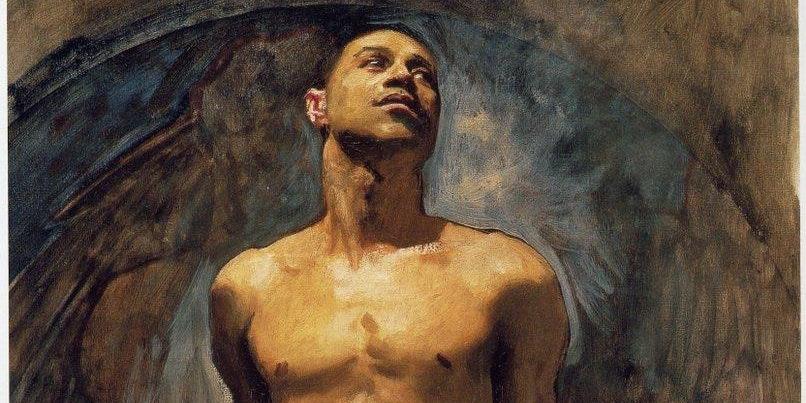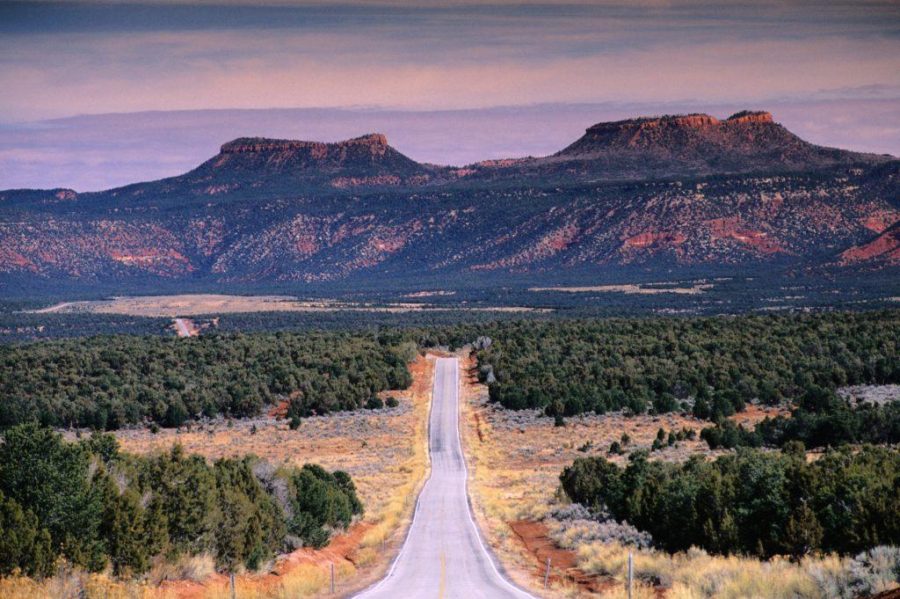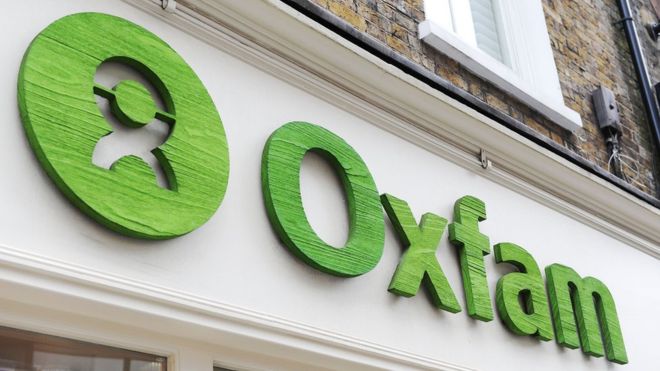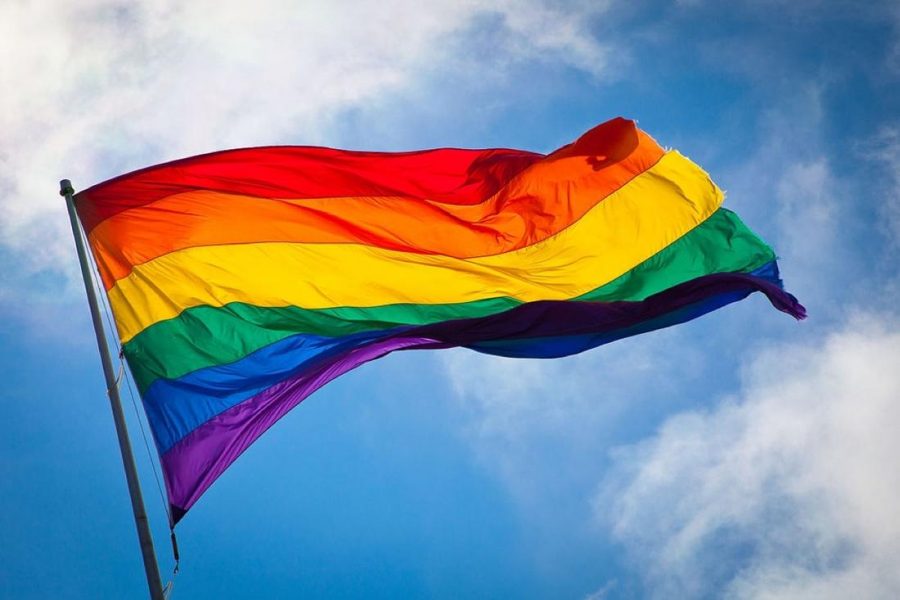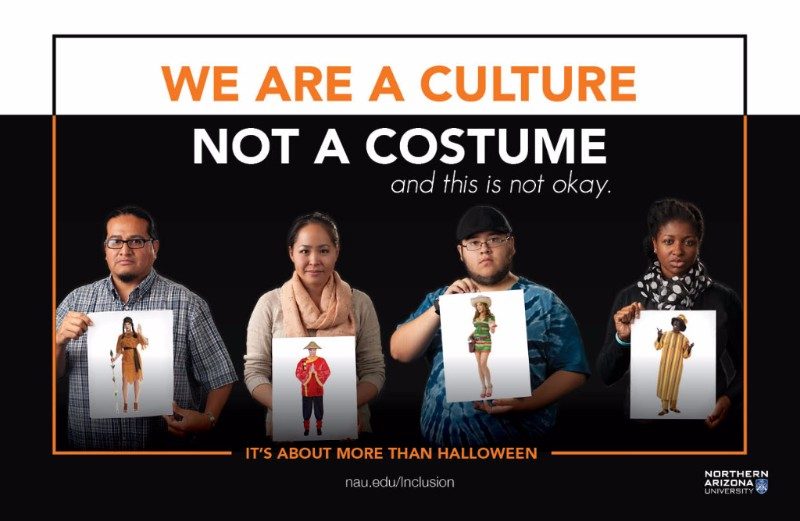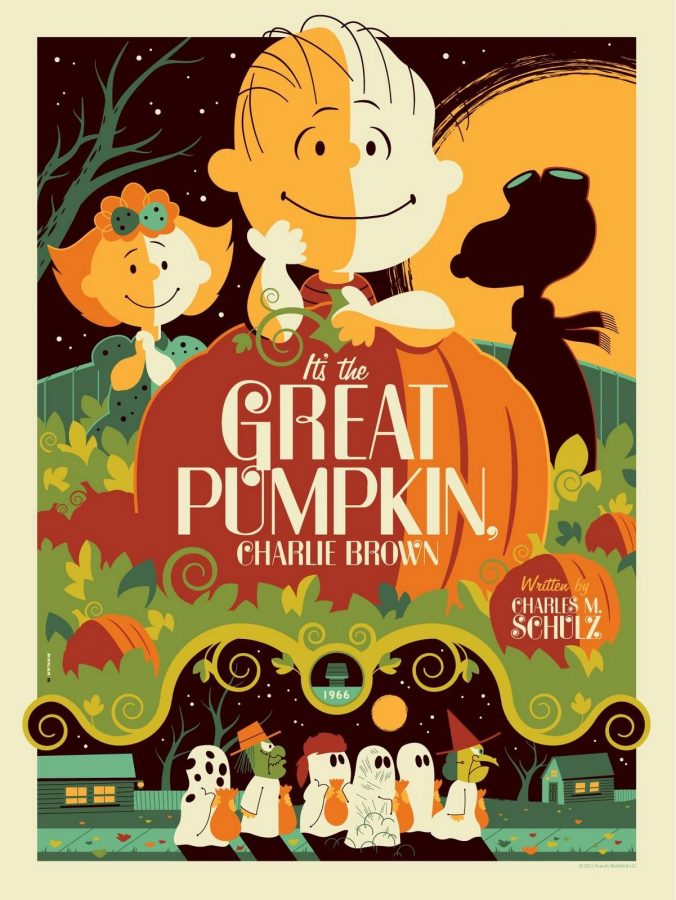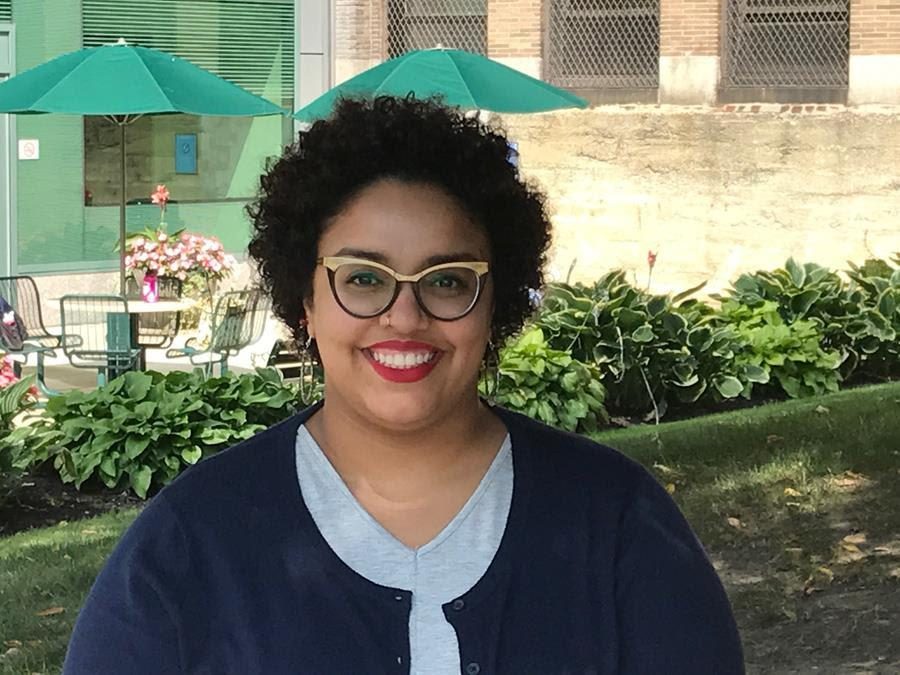By Simran Gupta
Staff Writer
October as a whole, and especially the second half of the month, tends to be ascribed to Halloween and the many festivities that come with it. While Halloween has its own fascinating roots in European Paganism, people often forget that cultures around the world have a host of festivals remembering and celebrating the dead, some of which are equally spooky and spine-chilling.
Many are already familiar with the three-day Mexican holiday of Día de los Muertos. This holiday coincides with Halloween, which is why one may see a lot of decorations for it in stores or in front of houses this time of year. In “Latina and Latino Voices in Literature,” Frances Ann Day summarizes the general spread of the holiday: “On October 31st, All Hallows Eve, the children make a children’s alter to invite the angelitos (spirits of dead children) to come back for a visit. November 1 is All Saints Day, and the adult spirits will come to visit. November 2nd is All Souls Day, when families go to the cemetery to decorate the graves and tombs of their relatives.”

Families in Mexico will celebrate each day differently, and Mexican-American families may have their own iterations of the celebration. Marigolds, sugar skulls, and cardboard skeletons abound as observers commemorate their loved ones and hope to feel their presence once again. Traditional decorations and outfits are meant to welcome spirits of ancestors back home.
A similar festival exists in Haiti, known as “Fed Gede” or “Festival of the Dead.” Revelers bring offerings of beeswax candles, bottles of rum, and various types of food to their relative’s graves. Many practitioners remember those who have passed and ask ancestors for guidance and protection. Priests and Priestesses facilitate a communion with the Guardian of the Dead in graveyards across the country. The festival is celebrated across two days and coincides with the Catholic All-Souls day, and serves to remember and honor ancestors.
In an interview with the San Francisco Gate, observer Sherley Turenne refers to Gede as “New Year’s Day for the dead.” The Gate also points out that out of Haiti’s population of 8.5 million, “90% are Catholic and 100% are Vodun (pronounced VOH-doon), a religion that accommodated the practices and principles of captives that were brought to the island during the slave trade.”
Many begin their day in church and in prayer, and then change into outfits mimicking that of the spirits of the underworld, as the Ghedes or the Baron Samedi is often called. Face paint and makeup is common: in many pictures, half of the face is usually painted white with black around the eyes.
The Japanese holiday of Obon, or the Festival of Lanterns, happens before Halloween in August. However, it also highlights a relationship between the dead and the living. During this festival, the souls of the dead are believed to return to the earth to visit relatives. Unlike many western iterations of the concept, these spirits are not malevolent. Many Buddhist practitioners prepare special foods for ancestors and leave them on altars at the temples and in front of their homes.
As the sun goes down, families prepare paper lanterns to hang outside, hoping to help guide their ancestors home. The celebration also concludes with lanterns; this time, they are floated down the rivers and, hopefully, out to sea. The lanterns are lit by candles and are meant to guide spirits of loved ones back to the realm of the dead until the following year.
These are just three examples of fascinating holidays commemorating and invoking the dead from around the world. This year, as we slip into costume and enjoy playing a character for Halloween, let’s take a moment to look into global celebrations that are at once similar and different.



